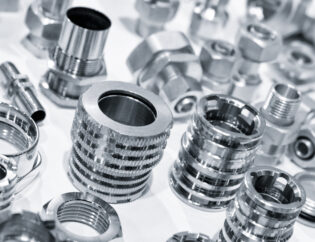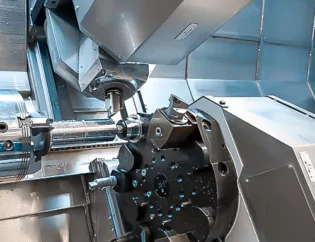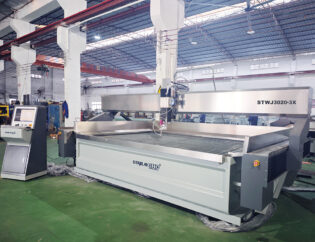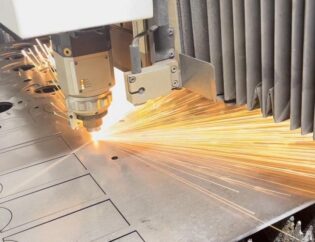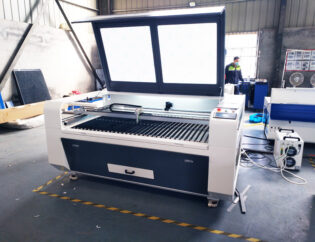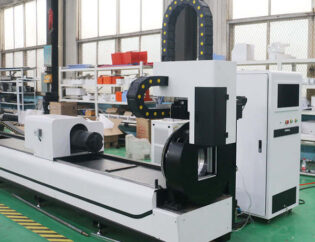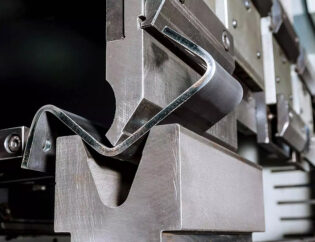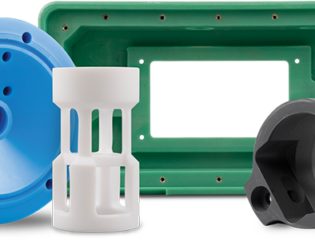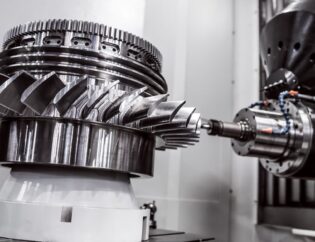Injection molding machining is a pivotal process in modern manufacturing, enabling the production of complex parts with precision and efficiency. This guide delves into the intricacies of injection molding, exploring its significance in various industries, from automotive to consumer goods. Understanding this process is essential for engineers, designers, and manufacturers aiming to optimize production and reduce costs.
Readers can expect to learn about the fundamental principles of injection molding, including the machinery involved, material selection, and design considerations. We will also cover the latest advancements in technology and techniques that enhance productivity and quality. By the end of this guide, you will have a comprehensive understanding of injection molding machining and its applications in real-world scenarios.
What is Injection Molding? A Comprehensive Guide
Imagine a world where nearly every plastic product, from car parts to medical devices, is crafted with precision and efficiency. This is the reality brought to life by injection molding, a transformative manufacturing process that shapes the modern world. But what exactly is injection molding, and how does it work? This article will unravel the intricacies of injection molding, shedding light on its essential steps, the materials involved, and its vital role across various industries. Whether you’re an engineer, a manufacturing professional, or simply curious about how everyday items are made, prepare to dive into the fascinating world of injection molding. Ready to explore the secrets behind the process that powers countless products? Let’s get started.
Comprehensive Insights into Injection Molding
Injection molding is a manufacturing process that involves injecting molten material into a mold to create various products. This method is particularly suitable for mass production, allowing for the efficient creation of complex shapes with high precision. The versatility of injection molding makes it a cornerstone of modern manufacturing, utilized in industries ranging from automotive to consumer goods.
Technical Features of Injection Molding
The technical features of injection molding are crucial for understanding its efficiency and effectiveness. Below is a comparison table highlighting key technical features:
| Feature | Description |
|---|---|
| Material Types | Thermoplastics, thermosetting plastics, metals, elastomers |
| Production Speed | High-speed production, suitable for mass manufacturing |
| Precision | High dimensional accuracy and repeatability |
| Complexity | Capable of producing intricate designs and shapes |
| Automation | Highly automated processes reduce labor costs and increase efficiency |
| Waste Minimization | Minimal material waste due to precise material usage |
| Customization | Easy to modify designs and colors for specific applications |
Types of Injection Molding
Injection molding encompasses various specialized processes, each tailored for specific applications. The following table outlines the different types of injection molding:
| Type | Material Used | Common Applications | Explanation |
|---|---|---|---|
| Plastic Injection Molding | Thermoplastics | Consumer goods, automotive parts | Melts plastic granules and injects them into molds to form a wide variety of parts. |
| Liquid Silicone Rubber (LSR) | Silicone | Medical devices, automotive components | Injects liquid silicone into heated molds, curing into flexible and durable parts. |
| Thermoset Injection Molding | Thermoset plastics | Electrical insulators, automotive parts | Molds thermoset materials, which irreversibly cure under heat, for heat-resistant parts. |
| Bi-Injection/Multi-Component | Multiple materials | Complex parts with multiple properties | Simultaneously or sequentially injects different materials into one mold for multi-material parts. |
| Foam Injection Molding | Thermoplastics with foaming agents | Automotive, packaging | Injects plastic with a foaming agent to create lightweight parts with a foam core. |
| Reaction Injection Molding (RIM) | Reacting polymers | Automotive parts (bumpers, fenders) | Injects reactive chemicals into a mold where they expand and cure into large, lightweight parts. |
The Injection Molding Process
The injection molding process consists of several key steps:
- Material Loading: Plastic pellets are loaded into a hopper.
- Melting: The pellets are heated in a barrel until they melt.
- Injection: The molten plastic is injected into a mold cavity under high pressure.
- Cooling: The material cools and solidifies in the mold.
- Ejection: The mold opens, and the finished part is ejected.
This cycle can be repeated rapidly, making injection molding an efficient method for producing large quantities of parts.
Applications of Injection Molding
Injection molding is widely used across various industries due to its versatility. Here are some common applications:
– Automotive Industry: Produces components like dashboards, bumpers, and light housings.
– Consumer Goods: Used for items such as toys, kitchen appliances, and packaging.
– Medical Devices: Creates syringes, surgical instruments, and diagnostic devices.
– Electronics: Manufactures casings and components for devices like smartphones and computers.
– Construction: Produces durable components like window frames and plumbing fixtures.
Conclusion
Injection molding is a vital manufacturing process that enables the efficient production of complex plastic parts across various industries. Its ability to produce high-quality, precise components quickly and cost-effectively makes it indispensable in modern manufacturing. As technology advances, the injection molding process continues to evolve, offering even greater efficiency and versatility.
FAQs
1. What materials are commonly used in injection molding?
Injection molding primarily uses thermoplastics, thermosetting plastics, metals, and elastomers, each selected based on the specific requirements of the final product.
2. How does the injection molding process work?
The process involves melting plastic pellets, injecting the molten material into a mold, allowing it to cool and solidify, and then ejecting the finished part.
3. What are the advantages of injection molding?
Injection molding offers high production speed, precision, minimal waste, and the ability to create complex shapes, making it ideal for mass production.
4. What industries utilize injection molding?
Injection molding is used in various industries, including automotive, consumer goods, medical devices, electronics, and construction.
5. How can injection molding be automated?
Automation in injection molding can be achieved through robotic arms for part removal, automated material feeding systems, and integrated production control systems, enhancing efficiency and reducing labor costs.

